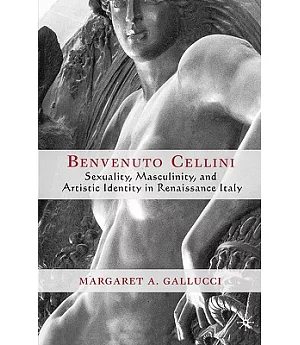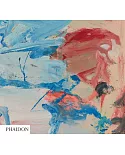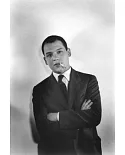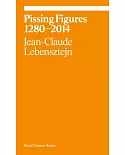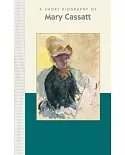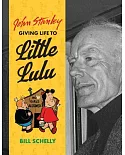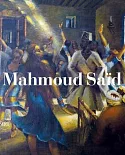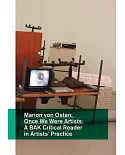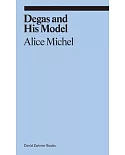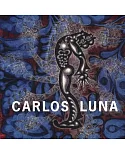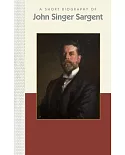Celebrated goldsmith and sculptor of the Italian Renaissance, Benvenuto Cellini (1500-71) fits the conventional image of a Renaissance man: a skillful virtuoso and courtier; an artist who
worked in marble, bronze, and gold; a writer and poet. However, in his life and literary oeuvre, the notorious artist aligned himself with the transgressive and oppositional voices of his
day. This book, the first biographical study of Cellini available in English, uses the methodologies of New Historicism, social history, and gender and sexuality studies to situate the
artist and his works in relation to a series of early modern cultural discourses and practices, including sodomy, law, honor, magic, and masculinity.

